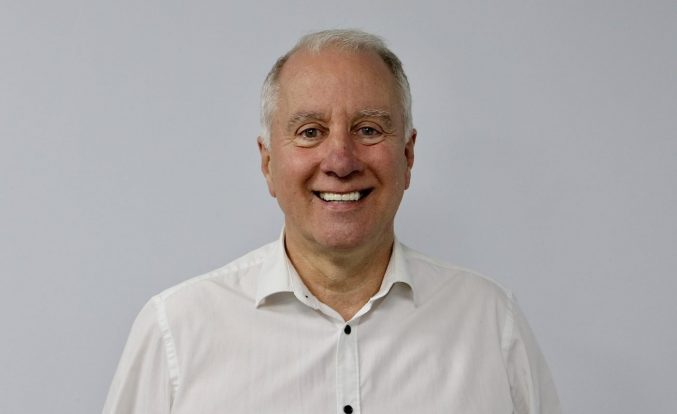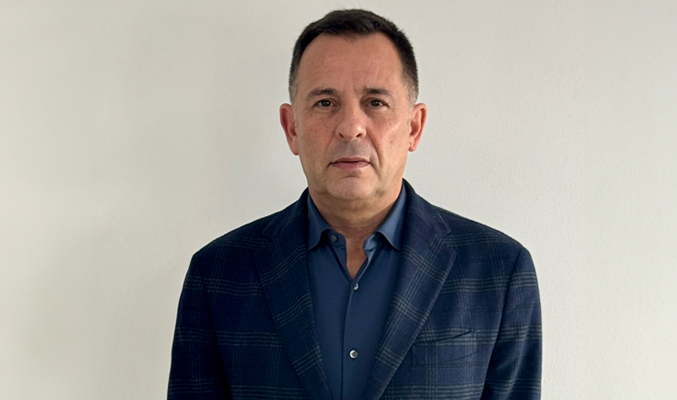5 ways bridging lenders can reduce carbon emissions
By Hannah Duncan

We have a mammoth task ahead of us. It’s literally as big as the planet. Somehow, we need to slash our greenhouse gas emissions right down to zero. And the clock is ticking.
If you’re feeling eco-anxiety, you’re not alone. In a landmark survey, a whopping 60%[1] of young people globally felt very or extremely anxious about the state of the climate.
“Powerless” was one of the most common words cited. But we are not powerless. And as bridging lenders, there is a lot that we can do to facilitate the transition to a low carbon economy … to bridge the gap.
Here are five ways bridging lenders can lower carbon emissions.
1. Measure emissions
Something we can all do, both as individuals and corporations, is measure the greenhouse gases we send out into the world.
Many people, for example have no idea the emails we send in an average day send 1.6kg[2] of carbon emissions into the atmosphere.
An average worker – such as a bridging firm professional will emit 135kg[3] – or 21.3 stone – of greenhouse gases each year from business emails alone.
Getting a clear and honest balance of your firm’s carbon footprint is the first step on the journey to a low-carbon economy.

2. Reduce emissions
Once you have a clear idea of where your emissions are being spent, of course, the next logical stage is to reduce them.
To do this is a structured way, create a strategy and set undisputable targets and timelines. Here are some ideas to get you started:
Sustainability-linked remuneration
Recently in an FCA, PRA and BoE discussion paper on diversity, the three regulators advocated that the best way to meet these non-financial goals was – ironically – with remuneration[4].
Link the emission reduction goals to the salaries and bonuses of your employees and watch them succeed. What’s more, you may well benefit from a happier and more loyal workforce too.
Research shows that eco-anxiety is on the rise, particularly for young adults[5]. When it comes to work, Millennials are looking for a place with environmental principles[6] – nearly 40% chose their workplace for this reason. It’s so important that most are even willing to take a pay-cut for it[7].
Flight-free vacation incentives
Another option could be, for example, to reward flight-free travel with an extra day of vacation. For many people, the limited vacation days forces them to take flights for their holidays.
But the lure of an extra day – or subsided travel – could encourage more feel-good holidays for the planet as well as the people.
Diversify your board
Studies show that more diverse boards and senior leaders lead to enhanced sustainability as well as revenue[8]. Sometimes the obvious ideas are the best. Promote more women, people of colour and other minorities (basically anyone who isn’t a White British man) for less group think and more diversity of thought.
Go renewable
If you’re not already, a quick win to slash your carbon emissions is to switch your energy provider to a renewable source.
Cycle-to-work scheme
If you haven’t already signed up to this UK initiative, I’ve got just one word … why? It’s a great way to encourage your workforce to ditch the petrol fumes and take up a carbon-free sporty way to the office.
Not only that, but you could benefit from a sharper, happier and more energised team, and who could say no to that?
Upgrade tired legacy systems
It’s estimated that 42%[9] of financial services still rely on technology that was designed in the 1980s! It’s been patched up with slow and cumbersome spaghetti code over the decades.
This makes for a frustrating customer journey and employee experience, as well as a waste of carbon emissions. Consider moving to cloud technology with an efficient data centre, ideally powered by renewable energy. You’ll benefit from a faster ledger service and enhanced security too.

3. Off-set what cannot be reduced
Sometimes you cannot make something any smaller without breaking it. If you’ve gone as far as you can possibly go with reducing emissions, then your next available option is to off-set your remaining carbon with a reputable service.
When it comes to unregulated markets, it’s a jungle out there. But by doing careful research, you can select a off-setter which is truly doing what you’re paying for.
Carbon market expert Toby Green encourages firms to dig deep into the carbon accounting details.
You can check the validity of your service investigating:
- Would the emission reduction have occurred without my involvement?
- Has there been any double-accounting going on?
- Is this person a true expert in carbon accounting?
- Am I making any assumptions without evidence?
- Are these trees already fully grown? There is no guarantee that seedlings will survive
- Has this project done any harm? For example, land grabbing, destroying wildlife and clearing wild lands has become more common.
To help you get a good start, Green recommends opting for Gold Standard methodology, and particularly highlights the Yarra Yarra Biodiversity scheme.
Uncover more about off-setting schemes and carbon markets

4. Double-check clients, partners, and suppliers for greenwashing
These days it seems that everyone is calling themselves “green”. But how much of this is genuine? The process of presenting your practices as more sustainable than they truly are, is known as “greenwashing”.
It’s been cited by investment managers as the greatest barrier to reaching our net-zero goals and transitioning to a low-carbon economy[10].
The problem is so rotten and widespread that the EU and UK have had to introduce legislation to prevent financial firms calling themselves “green” for the smallest imaginable reasons.
Unfortunately, most of the professionals behind it are ordinary and nice people. Probably they would be horrified to find out that they are greenwashing. This makes the problem all the more complicated and awkward to address. But we must.
If you see a client claiming to be “green” because, for example, they do some off-setting… it’s not enough.
Or because they offer teeny cash-back incentives for a small (often energy-rating-related) reason. A sustainable business is one which has a sustainable business model.
It should promote the natural environment, without harming it. Tiny changes here and there are not enough to counteract the whole firm.
If you see greenwashing, or firms using dodgy off-setting programmes, don’t keep it to yourself. Find a way to stop it. And on the flip side, if someone approaches you, listen to them and take it onboard. Be the person who put it right.

5. Underwrite low-carbon and modular technology
Underwriting low-carbon technology is one of the most impactful ways that lenders can do their bit for the planet. After all, without finance, these new ways of building will not become mainstream.
Modular design is one example of a low-carbon way forward. Gone are the days when modular homes were synonymous with mobile homes.
Today modular builds are less trailer park and more trailblazing, with an average green house gas reduction of 40%[11].
What’s more, they leave behind just a teeny tiny 1.8[12]% of waste on average – a far cry from the 25% left by traditional building methods.
Underwriting low-carbon technology doesn’t just make sense for the planet, it makes sense for business too.

Discover more with our guide to modular technology
Bridging the gap to a low-carbon economy isn’t just an option, it’s a necessity. Each of us has a part to play, and together, we can make a powerful difference.

Hannah Duncan is a freelance writer with a passion for finance, sustainable investing and fintech. She loves writing engaging content for industry magazines and investment services, as well as keeping a personal blog at www.hdinvestmentcontent.com
[2] Source: Carbon Literacy Project and BBC
[4] Source: FCA, PRA, BoE
[6] Source: Fast Company
[7] Source: Fast Company
[8] Source: Certified Sustainable
[11] Source: Cornerstone Projects
[12] Source : Modular Building Institute taken from Waste and Resources Action Program (WRAP)










You must be logged in to post a comment.